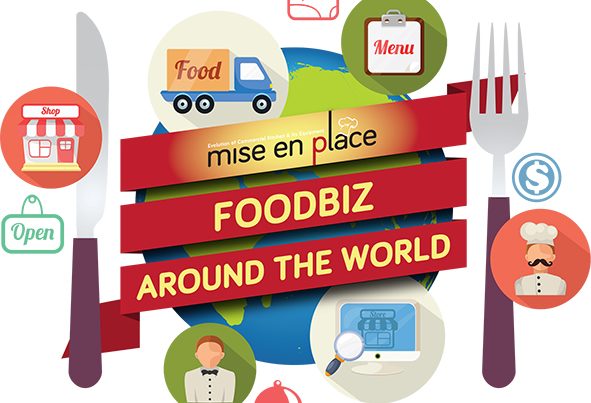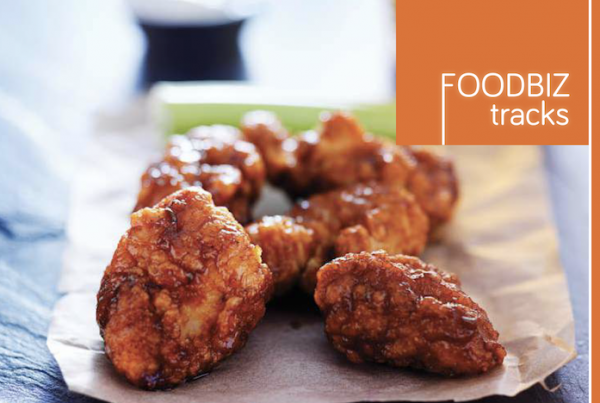After all, it is rather impractical to think that your ability to serve a gala dinner for 20 of your family members can carry you through for a 100-pax event. Unless your menu consists of only sandwiches or pots of pasta. There’s menu planning, marketing for ingredients and produce, time management on what can be prepared ahead of time, setting up the dining area, being the amicable host and all that jazz from holding an event. However, we think that the wisdom of getting a caterer lies in one clear fact – home kitchens are not commercial kitchens with the machinery to prepare food quickly and efficiently.
Catering is not exactly a novel idea as the first catering gig was officially recognised in 1778 during a ball in Philaldelphia, United States and the state soon became a major “catering” hub as people saw the potential. Even existing restaurant owners sought to incorporate the service into their restaurant. The premise grew on a larger scale when the Soviet Union began developing state public catering establishments as part of its collectivism intentions. Although you won’t see such establishments in modern day as society now are free to move around to eat and are also cooking at home, we can consider the public catering system to be thriving in institution levels such as schools, health institutions, employee cafeterias and prisons.
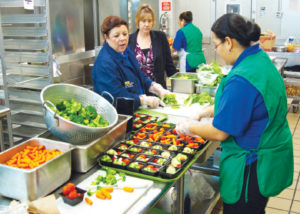
Institutional catering is required when a large group of employees work in a location faraway from access to food, typically for factories. Schools with their own catering system assure parents that their children are given proper nourishment through the day and is also helpful assistance for students that come from less well-to-do homes. Hospital catering is considered more detailed and specialised as the chef must work with the nutritionist or dietician to work out suitable menus for different patient conditions. Another extension of outdoor catering lies in mobile trucks which are fitted with simpler and smaller scale equipment. Food trucks have always held a certain allure to the masses and are popular options for organisers running entertainment or casual events where the guests expect themselves to dine with the basics. The limitation obviously lies in the volume that you are able to prepare on-site and therefore requires focus on what you can offer the customer, ensuring that quality of food is maintained and service is on-the-dot when at the location.
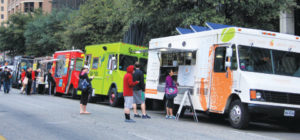
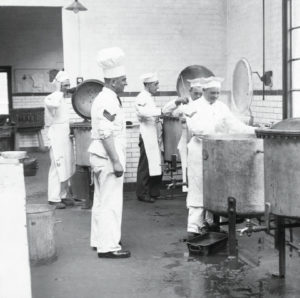 Essentially the business of providing food ser vice at a remote site, we can see how much catering has evolved. Challenges of conventional or public catering may include budget constraints that can result in a limited menu and having to serve a big crowd who may also tire of the same food. There was also the pressure of maintaining strict procedures and ensuring hygiene as caterers had a large group of people to be responsible for, at a period of time where the level of awareness and knowledge of food safety may not be as advanced as now.
Essentially the business of providing food ser vice at a remote site, we can see how much catering has evolved. Challenges of conventional or public catering may include budget constraints that can result in a limited menu and having to serve a big crowd who may also tire of the same food. There was also the pressure of maintaining strict procedures and ensuring hygiene as caterers had a large group of people to be responsible for, at a period of time where the level of awareness and knowledge of food safety may not be as advanced as now.
Catering today is mostly about meeting the clients’ wants and for caterers, it is about finding middle ground for both parties. There is a market for every caterer as customers come with different requirements and budget. These can be a guideline on how you want to market your services – economical / middle weight / premium? From there, you are able to decide on the menu and packages that you can offer customers. Providing a package set is a good starting point for customers to have something to work from with you so that you are able to adapt to their requests (within reasonable limits) out of their package. Usual reasons for catering would be birthdays, corporate events, weddings, festive occasions or commemorative occasions.
both parties. There is a market for every caterer as customers come with different requirements and budget. These can be a guideline on how you want to market your services – economical / middle weight / premium? From there, you are able to decide on the menu and packages that you can offer customers. Providing a package set is a good starting point for customers to have something to work from with you so that you are able to adapt to their requests (within reasonable limits) out of their package. Usual reasons for catering would be birthdays, corporate events, weddings, festive occasions or commemorative occasions.
In a restaurant, there are things you could get away with when guests do not see behind-the-scenes. However, outdoor catering adds puts operators out of their comfort zone and every location bearing possible new challenges. Besides the food quality, guests will take note on staff attentiveness, flow of service and overall ambience of the space. In a competitive business landscape, caterers are going beyond just bringing food to the guests but services can cover dressing up the site according to a desired theme or arrange for entertainment. Next, we look at what makes a caterer stand out of the crowd and ensure that guests leave with a positive memory.








